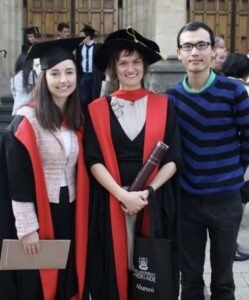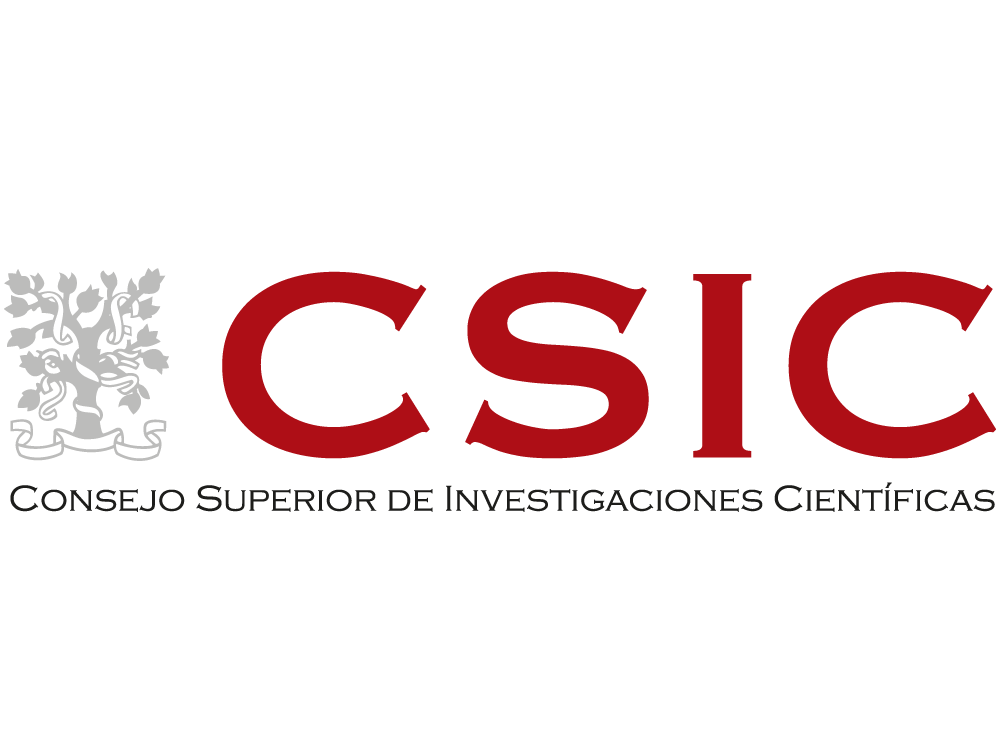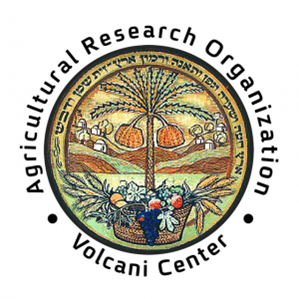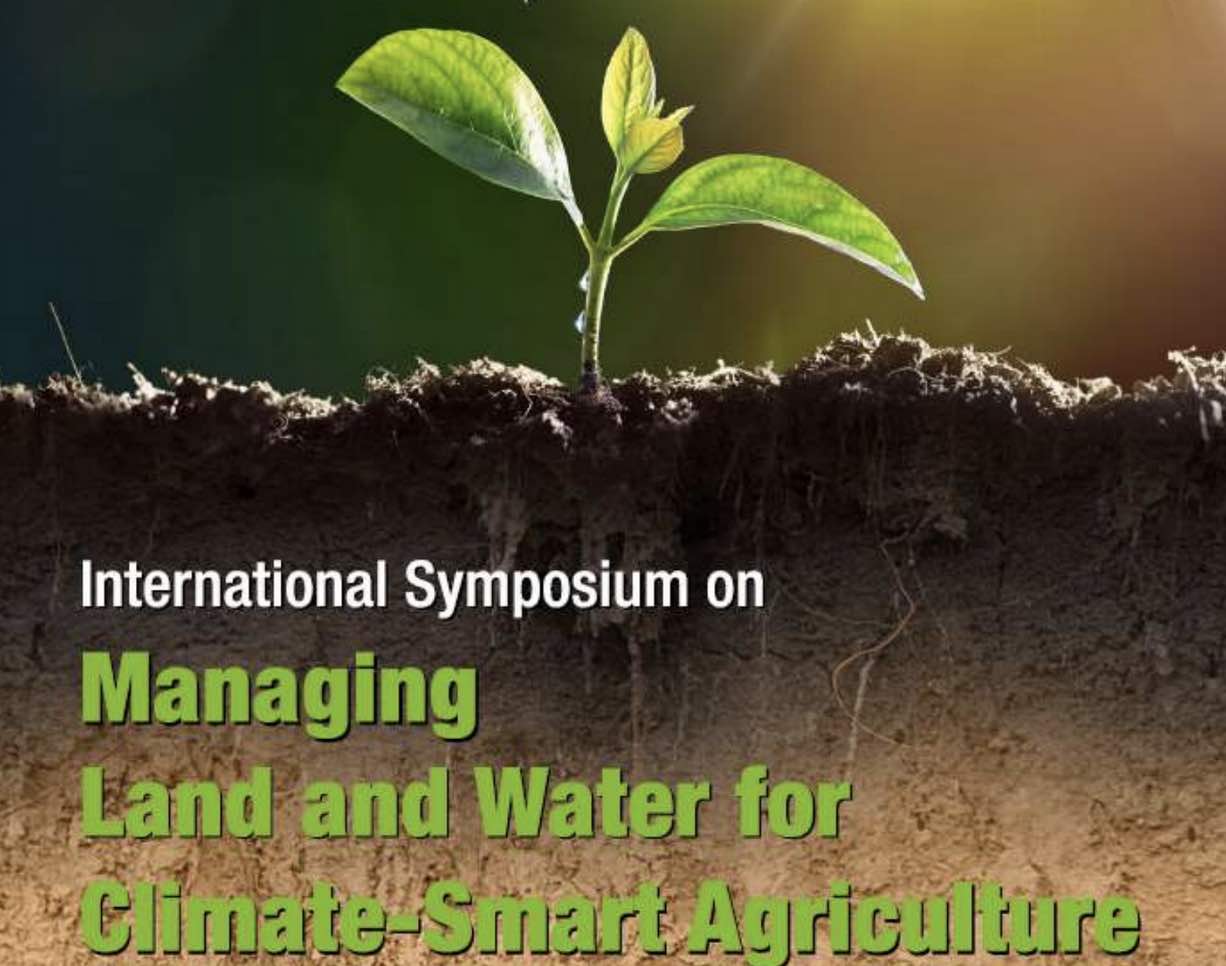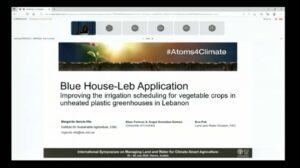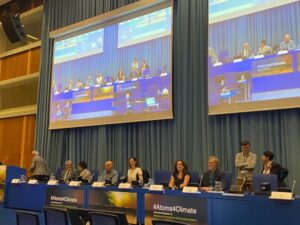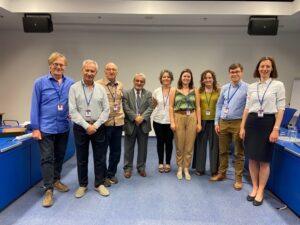Author: Juliane Haensch
To cope with increasingly variable water availability and more frequent occurrences of water scarcities, a diverse set of water resources management instruments have developed. Traditionally, countries support measures that enhance the water supply (e.g. irrigation infrastructure, water storage facilities). Increasingly, it is being recognized that water supply management measures need to be implemented alongside water demand management instruments to address potential rebound effects and to better cope with water allocation problems in increasingly water scarce regions globally.
During my PhD studies I explored farmers’ water trading behaviour in Australia, a country that frequently needs to deal with long periods of drought. Farmers in Australia’s Murray-Darling Basin along the River Murray have adapted to low water availability and other environmental problems over many decades. Implementing water markets and water trading has been a successful strategy for farmers in Australia to better cope with seasonal or long-term water and crop price variabilities and to secure financial funds when selling (surplus) water, as well as providing environmental watering (“environmental flows”) and shifting water to higher value users.
Water trading is implemented in many other countries but different legal and socio-economic systems may hinder the implementation process. Every country needs to develop their own water management strategies that suit the local characteristics and needs. After moving back to Europe, I joined the SHui project on a Post-Doc position which has expanded my view and knowledge about the different agricultural systems and their needs as well as the different perspectives and strategies in water resources management that exist in the individual countries. Austria and Israel stood out as leading examples in the way soil (in Austria) and water (in Israel) is managed and relevant innovations were adopted. While Austria’s and Israel’s ways are very much connected to their geographical and biophysical characteristics and the way resources are managed, other countries are still able to learn from their experience.
Another important impact factor of the SHui project was the stakeholder engagement through focus groups and integrating the stakeholders’ views in current policy developments. Many discrepancies exist between the stakeholders wishes and current policy discussions. For a successful policy implementation and coherence, it will be important to find suitable methods of communication and integration of all relevant stakeholders in the policy planning stage as well as providing farmers with alternative measures if needed.

